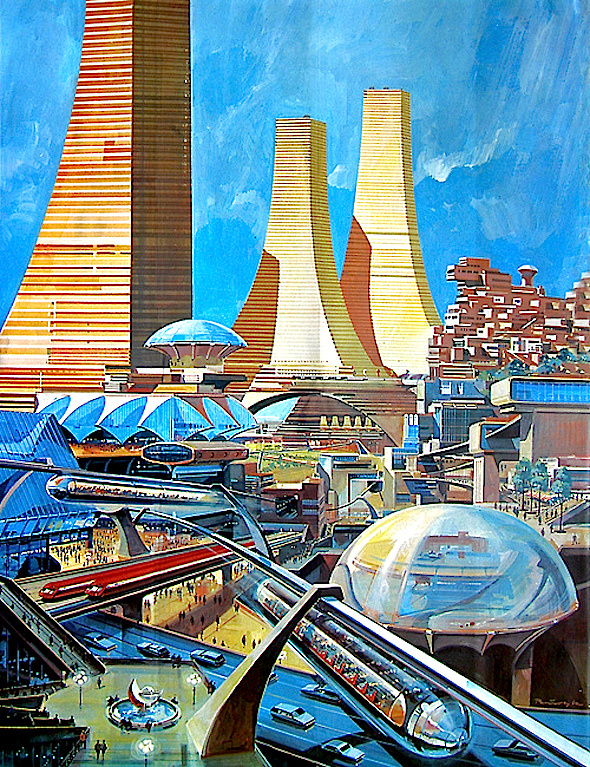The Future of Signage; Is It Looking Dim?

Is Signage Needed?
The other day my family and I headed out to eat at a new restaurant. The establishment had a small, non-illuminated pedestrian level sign; even so, we found the restaurant with ease without ever noticing the sign. The reason we were able to do so is that I looked up the location of the restaurant at home when I bought an online coupon and our car’s GPS lead us right to the front door. No signage was really needed at all. This experience really got me thinking: what is the future of signage?
It has been argued for many years that signage is the least expensive and most effective form of branding and advertising available. But as technology progresses, the need for signage is diminishing for various reasons. One of the biggest is the proliferation of personal and mobile electronic wayfinding, branding, and advertising, which means a company’s image is always crisp, clean, and up-to-date―and right in the hands of loyal and potential customers.
One example of this trend is a rental car agency where cars are reserved exclusively online, a simple process that doesn’t require a physical space or a rental agent. A customer uses his or her phone to identify the closest car to their location and when that car is available to rent. However, this hasn’t always been the company’s process. In fact, it actually started with substantial signage for wayfinding to guide the customer, but the company has gradually reduced the number of signs to simple and effective branding markers at the point-of-rental. Gone are the days where the customer needs to be told where to go to pick up their car!

Beyond operational changes, many municipalities have placed restrictions on branded sign programs including the reduction of the use of logos and their sizes on sign faces, dictating standard fonts, and enforcing community approved palettes. Where you may have seen neon-lit signs in vibrant shopping districts in the past, you now have generic architecture with government regulated signs. It makes me wonder if we are missing out on the artistry which once dominated our physical environment. After all, what would Hollywood be without its iconic sign, which started as a brand advertisement for a developer’s Hollywoodland, on the hillside? I have to believe that iconic sign would never be approved as a new project in today’s world.
Why Signage is Important
So it seems that while consumers’ needs for identification and functional signage may be diminishing, their expectations for branded experiences are rising. Today, brands are about these contact points as much as they are about the products or services themselves. When I look at the future of signage I see that we have an opportunity to be more about theater than functionality. People might not need signage to get there, but they want signage to set the tone for the experience of being there. As environmental graphic designers, we must continue to creatively integrate environmental graphics within the brand strategy.
I remember all of those sterile illustrations of the “City of the Future” that I admired as a child. As cool as those renderings are I sure hope we don’t end up there.
If you have signage, wayfinding, or design needs, visit our website.
Bob Koch is a Program Director on Monigle’s Environmental Branding team.


